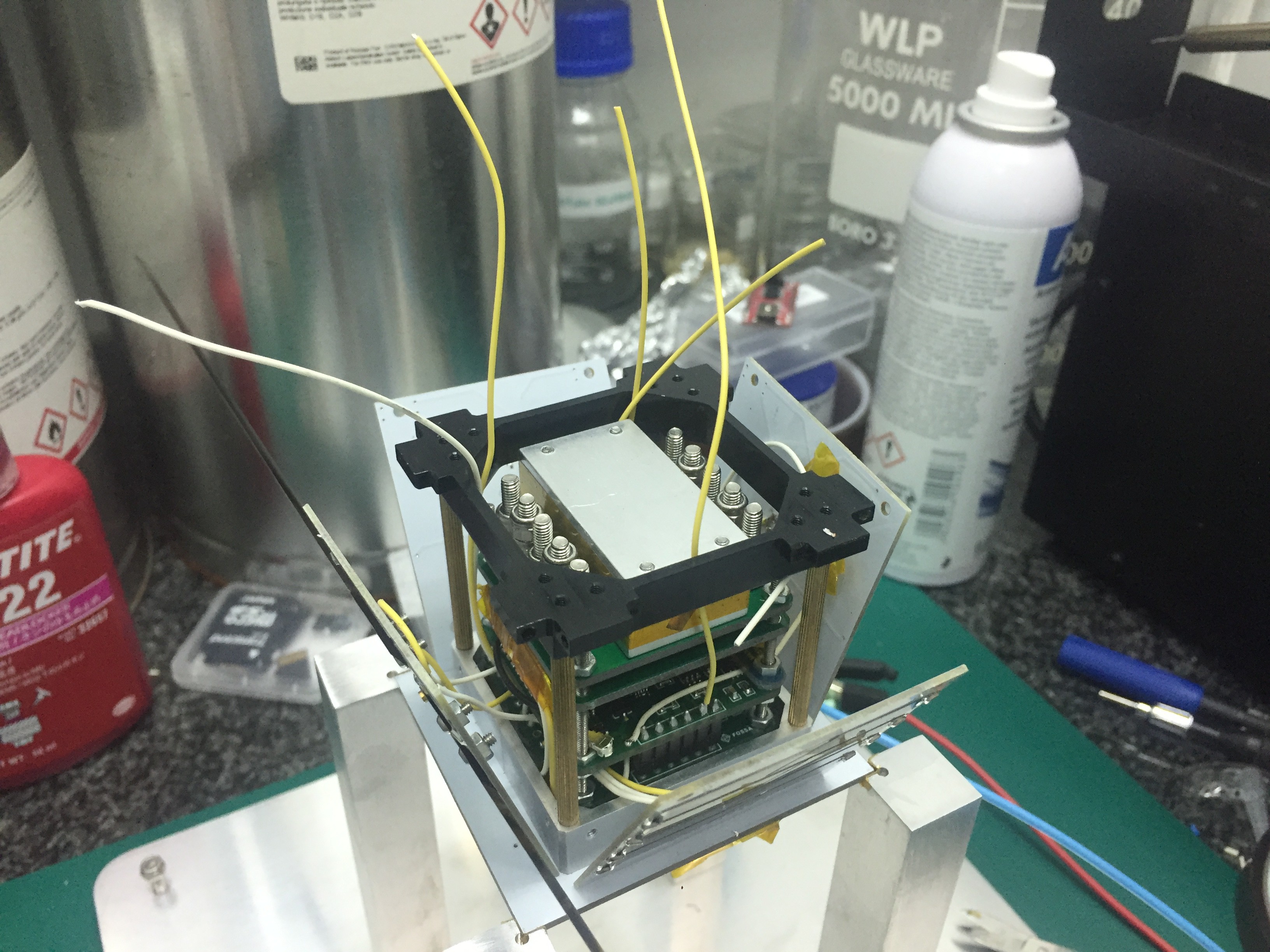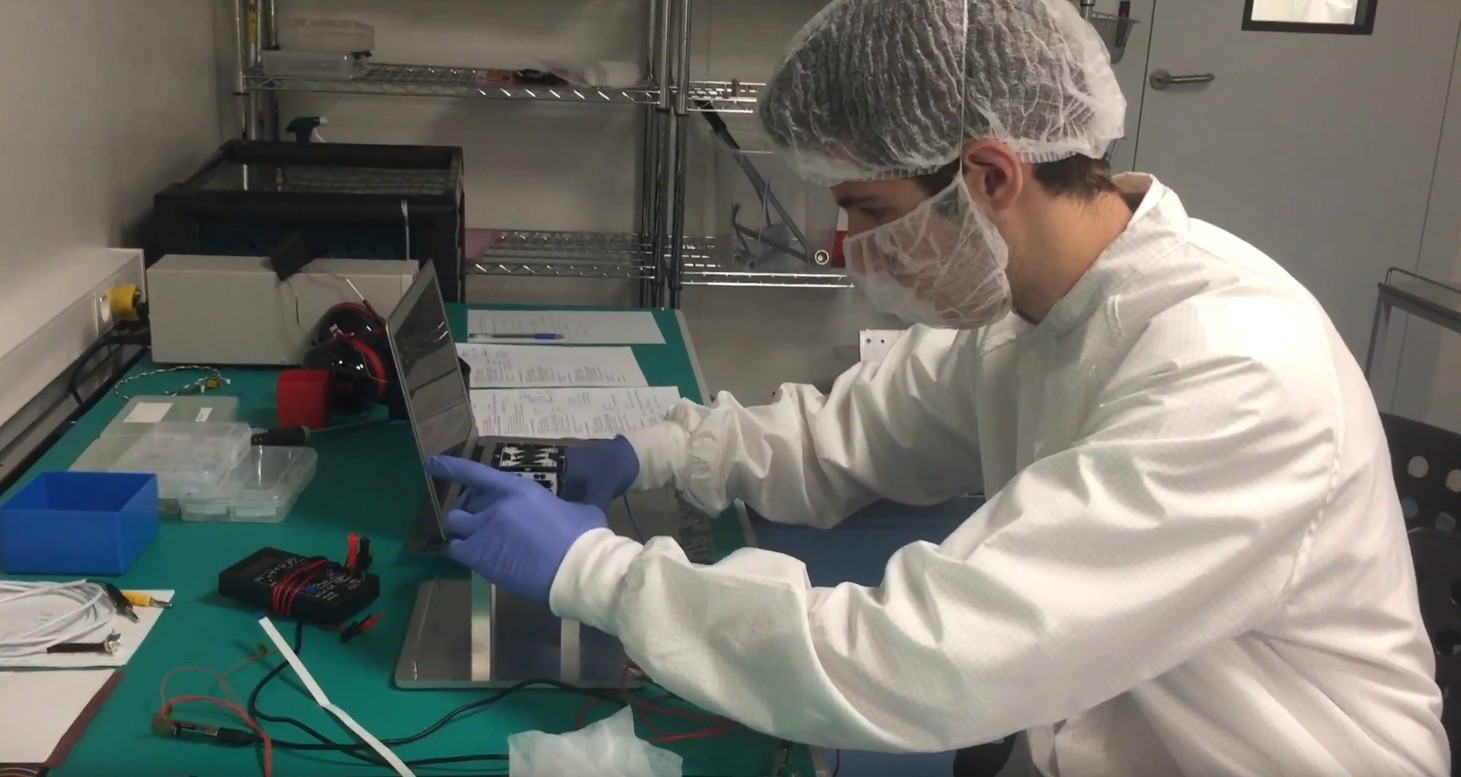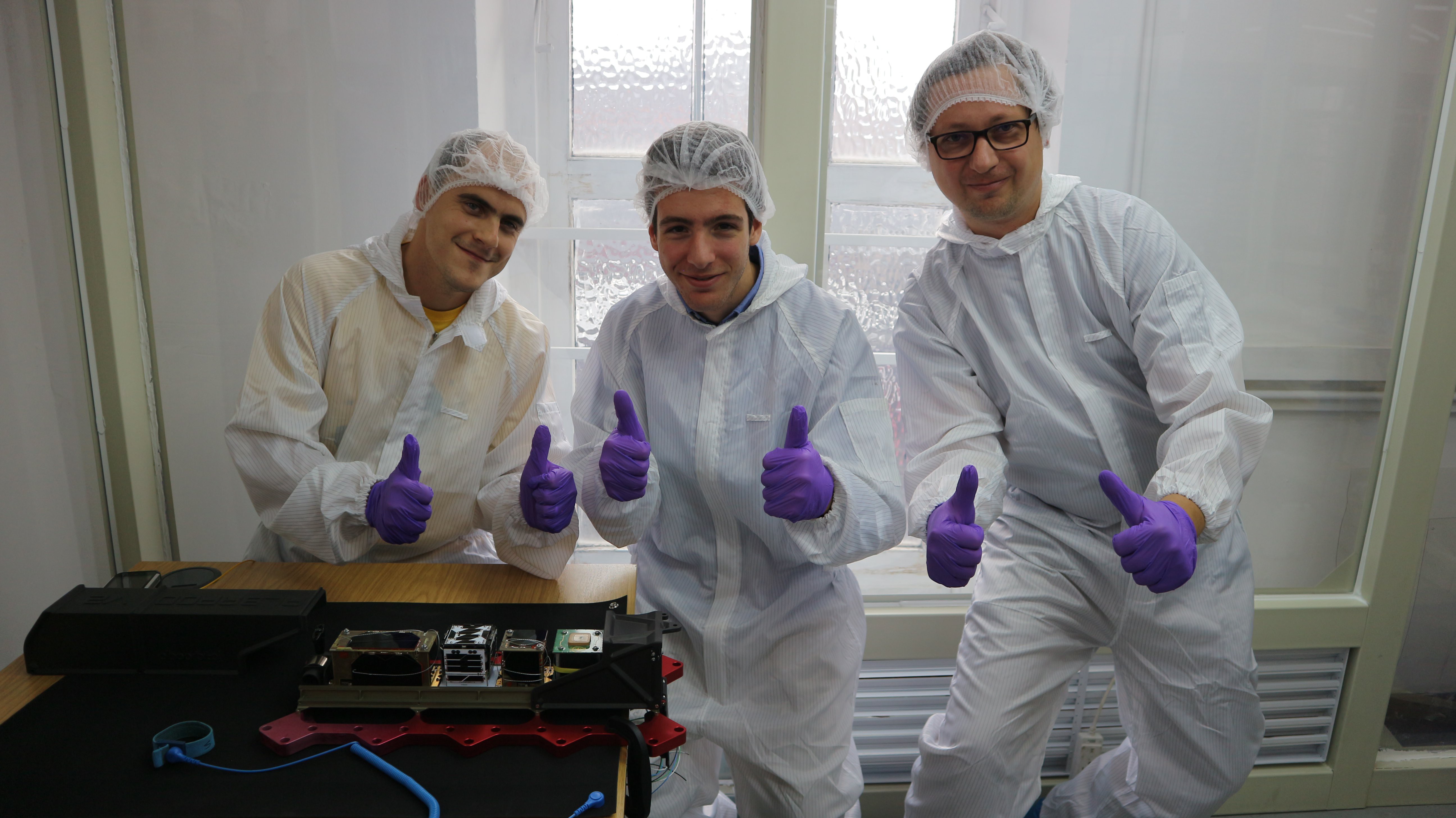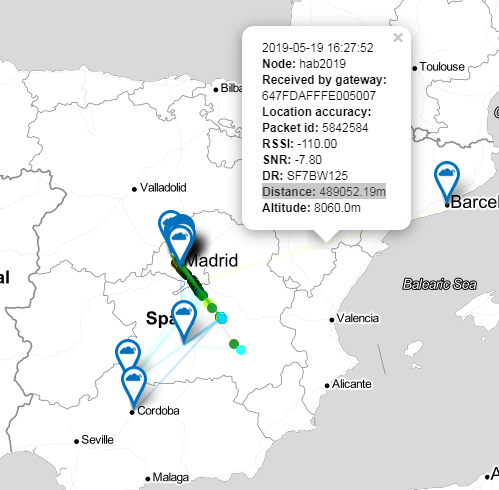The satellite is being developed by Fossa Systems, a non-profit juvenile association based in Madrid. The satellite is set to launch in Q2 of 2019 and will transmit LoRa and RTTY signals for anyone to receive using inexpensive LoRa modules, information on how to build these receivers will soon be published.
Specific information on each subsystem is explained in the github, a blog is maintained here.
All contributions are welcome and we are currently looking for software developers and machinists!
The satellite is based on an Atmega 328P-AU micro-controller, it uses an SX1278 transceiver as its main means of telecommunications. The EPS system is based on 3 SPV1040 MPPT chips.
 Julian Fernandez
Julian Fernandez
























 Chloe Madison
Chloe Madison
 Bruno Laurencich
Bruno Laurencich
 BetaMax
BetaMax
 Pierros Papadeas
Pierros Papadeas
did this ever get launched?